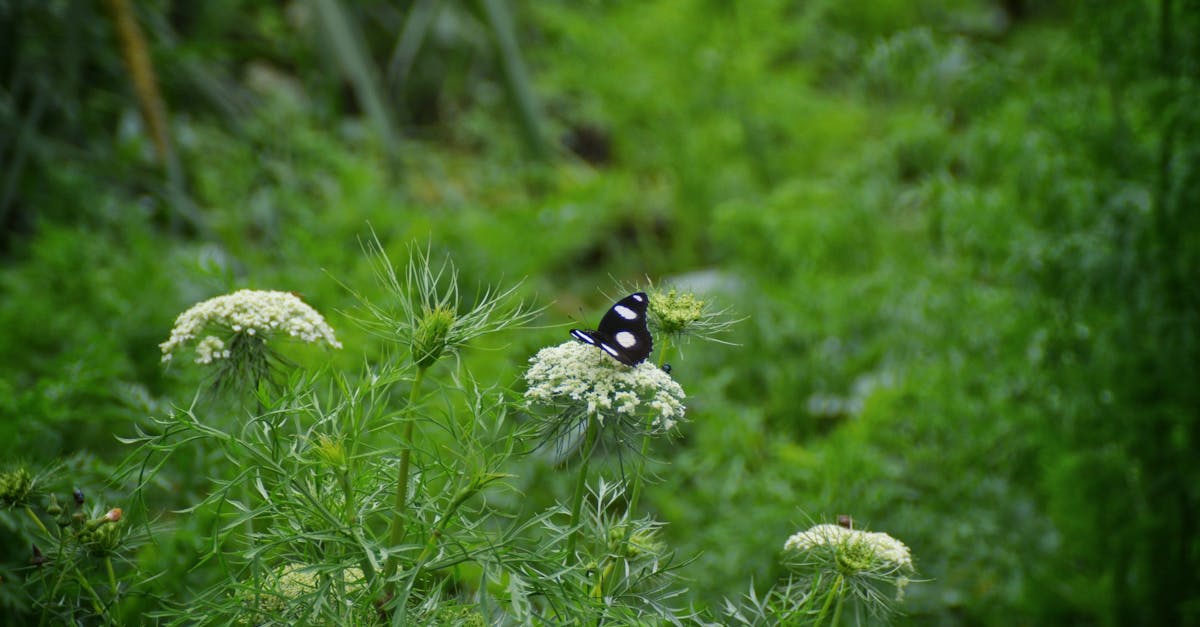Creating a Butterfly Garden, Tips & Ideas

Creating a Butterfly Garden: A Step-by-Step Guide
Alright, nature lovers, let's dive into the enchanting world of butterflies! Creating a butterfly garden is like painting a masterpiece, one brushstroke at a time. So, grab your gardening gloves and let's get started!
Why Create a Butterfly Garden?
Ever wondered why butterflies are drawn to certain gardens like bees to a honey pot? It's all about the right mix of butterfly habitat, nectar plants, and host plants. By creating a butterfly garden, you're not just adding a pop of color to your outdoor space; you're also helping these delicate creatures thrive.
Understanding Butterfly Needs
Before we roll up our sleeves, let's understand what our winged friends need:
- Nectar plants for energy
- Host plants for laying eggs and feeding caterpillars
- Shelter from wind, rain, and predators
- Water for drinking and puddling (yes, they do that!)
Choosing the Right Location
Find a spot in your garden that gets plenty of sun, especially in the morning. Butterflies are cold-blooded creatures, so they need to warm up before they can fly. Also, avoid areas prone to strong winds or heavy foot traffic.
Designing Your Butterfly Garden
1. Size Matters
Even a small patch of land can be a butterfly oasis. The key is to create a diverse landscape with a mix of plants.
2. Layer Up
Think of your garden as a layered cake. Include tall plants, medium-sized ones, and low-growing species to create a varied landscape that appeals to different butterfly species.
3. Go Native
Plant native species to attract local butterflies. They've evolved with these plants, so they know exactly what to expect.
Planting Butterfly-Friendly Flowers
Nectar Plants
These beauties provide the energy butterflies need to fly and reproduce. They come in all shapes and sizes, so you've got plenty of options:
- Annuals: Zinnias, marigolds, and cosmos are easy to grow and attract a variety of butterflies.
- Perennials: Black-eyed Susans, coneflowers, and asters are long-lived and provide nectar throughout the growing season.
- Shrubs and Trees: Butterfly bush, redbud, and viburnum offer nectar and shelter.
Host Plants
These plants provide food for caterpillars. Some popular choices include:
- Milkweed (for monarchs)
- Parsley (for swallowtails)
- Fennel (for black swallowtails)
- Dill (for American painted ladies)
Creating a Butterfly Habitat
1. Add a Water Feature
A shallow dish of water with pebbles for perching is all you need. Butterflies love to 'puddle' - drinking water and getting minerals from the mud.
2. Provide Shelter
Add a few rocks, logs, or even a small brush pile for butterflies to hide from predators and rest.
3. Go Easy on the Pesticides
Chemicals can harm or kill butterflies. Opt for organic alternatives or skip them altogether.
Attracting Specific Butterfly Species
Different butterflies have different preferences. Here are a few examples:
- Monarchs: Plant milkweed and create a sunny, open space.
- Mourning Cloak: They love tall, native plants like asters and goldenrod.
- Painted Lady: These beauties are attracted to colorful, fragrant flowers like cosmos and yarrow.
Butterfly Gardening Resources
For more tips and ideas, check out the Butterfly Conservation website. They've got a wealth of information on creating a butterfly-friendly haven.
Conclusion
Creating a butterfly garden is a labor of love that benefits these incredible creatures and adds beauty to your outdoor space. So, get out there, get your hands dirty, and watch your garden come alive with the flutter of wings!
FAQs
-
Q: When is the best time to plant a butterfly garden? A: Spring is the ideal time to start planting. It gives your garden time to grow and attract butterflies by summer.
-
Q: Can I create a butterfly garden in a container? A: Absolutely! Choose a large container with drainage and plant a mix of nectar and host plants.
-
Q: How can I attract butterflies to my garden quickly? A: Plant annuals like zinnia and marigold. They grow quickly and provide immediate nectar for butterflies.
-
Q: What should I do if I find a caterpillar in my garden? A: Leave it be! It's likely eating a host plant and will soon become a beautiful butterfly.
-
Q: Can I attract butterflies without planting a garden? A: Yes, by adding a butterfly feeder filled with nectar solution, you can attract butterflies to your outdoor space.
0 Response to "Creating a Butterfly Garden, Tips & Ideas"
Post a Comment